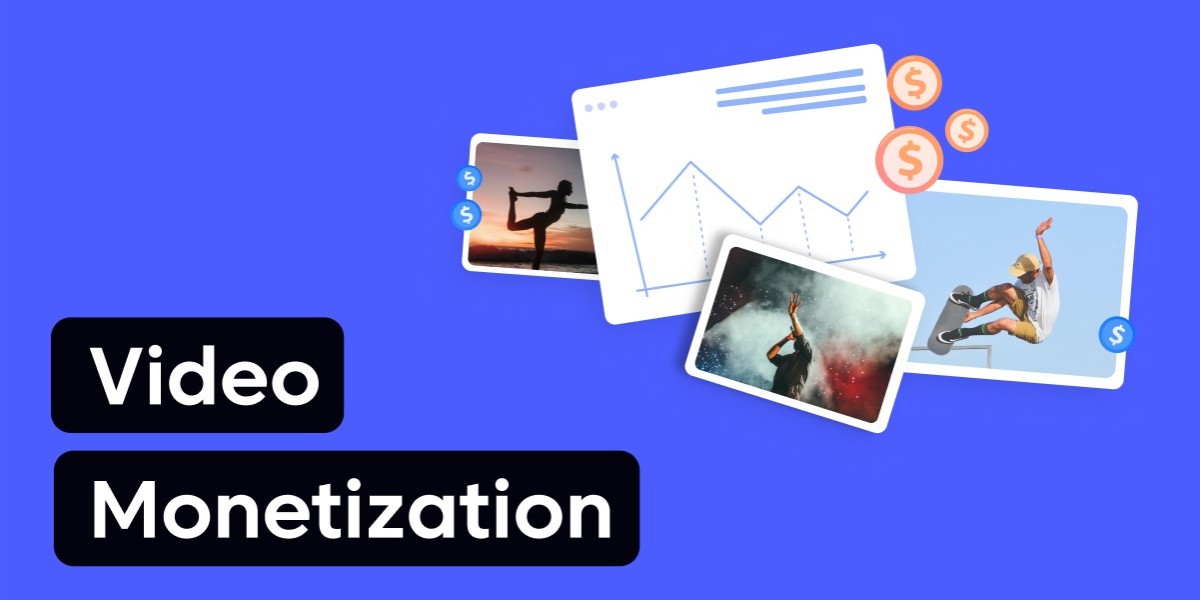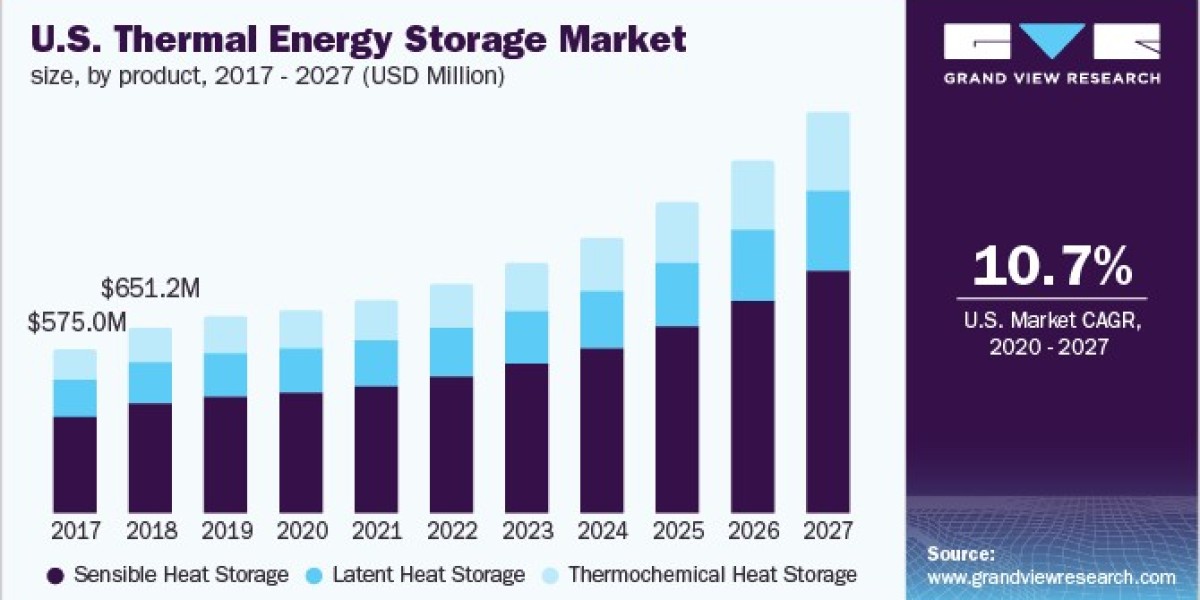When choosing the best video monetization platform models, you should consider factors like:
1. Target audience preferences
What does your target audience like? What kind of stuff do they enjoy? How do they prefer to absorb the content? Are they willing to pay or prefer free access with ads?
2. Nature of Content and Quality
Is your content unique or intended for a worldwide audience? Is your content released on a regular basis or only during certain seasons? Regular programming is ideal for SVOD, while irregular content is suitable for TVOD.
3. Revenue Goals
Are you searching for upfront revenue (TVOD) or consistent recurring compensation (SVOD)? Do you want to maximize income quickly or gradually establish a community before selling?
4. Market competition
What monetization models does your rival use? Do you want to stick with the same strategy or take a different approach? If your target market is already saturated with subscription services, consider offering a freemium or ad-based strategy.
5. Technology & Infrastructure
Can you handle high-quality streaming (idle for SVOD)? Lower-quality streams gain from ad-based. Is your platform capable of providing a smooth experience for subscription or transactional models?
6. Brand identity and value proposition
Your VOD strategy should be consistent with your brand identity and value proposition. For example, if your brand values exclusivity, a premium model makes more sense.
7. Scalability and Flexibility
Because the digital ecosystem evolves so frequently, your model should be adaptable and scalable as needed.
Remember that when it comes to VODs, there is no one-size-fits-all solution. Similar to cooking, you modify the quantity and ingredients dependent on arriving visitors. The same goes for the VOD models. It must be suited to your target audience, type of content, and business or revenue objectives.








